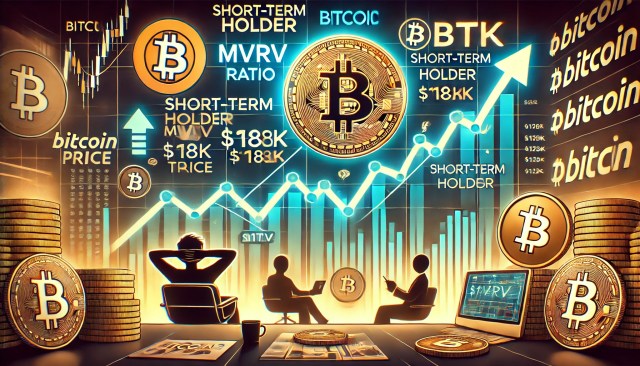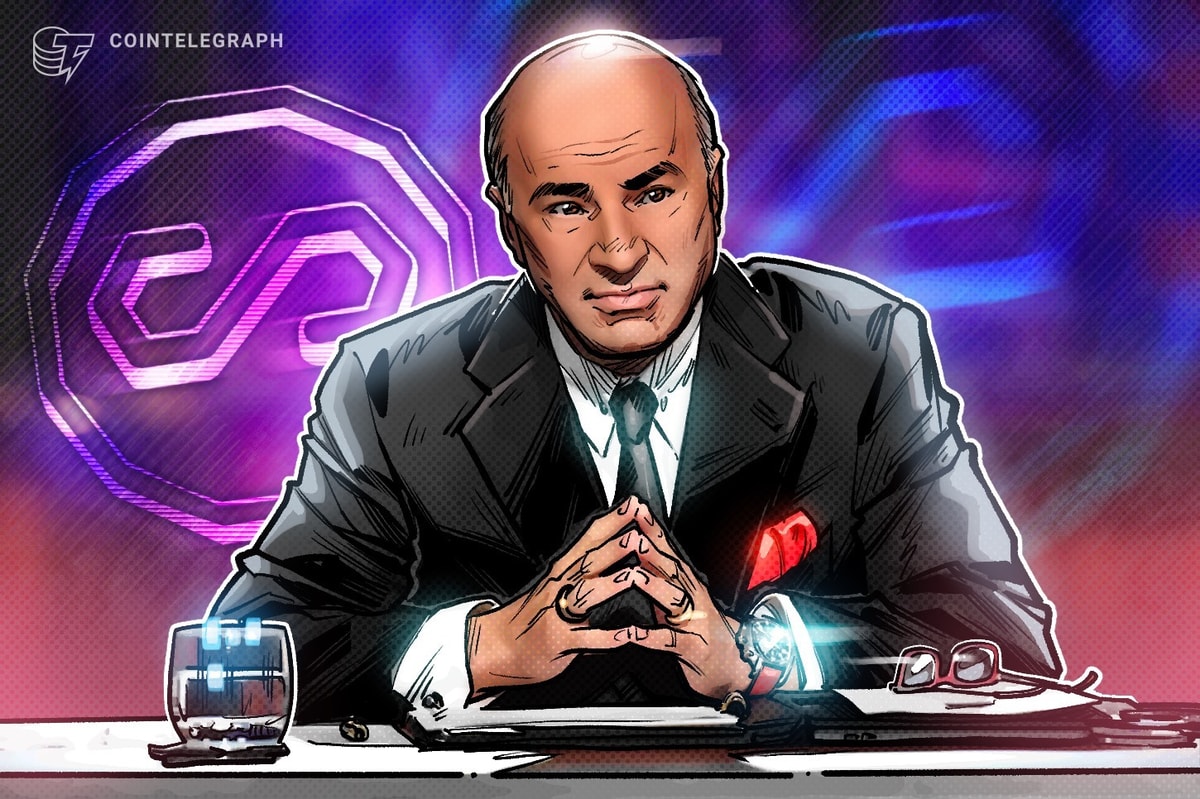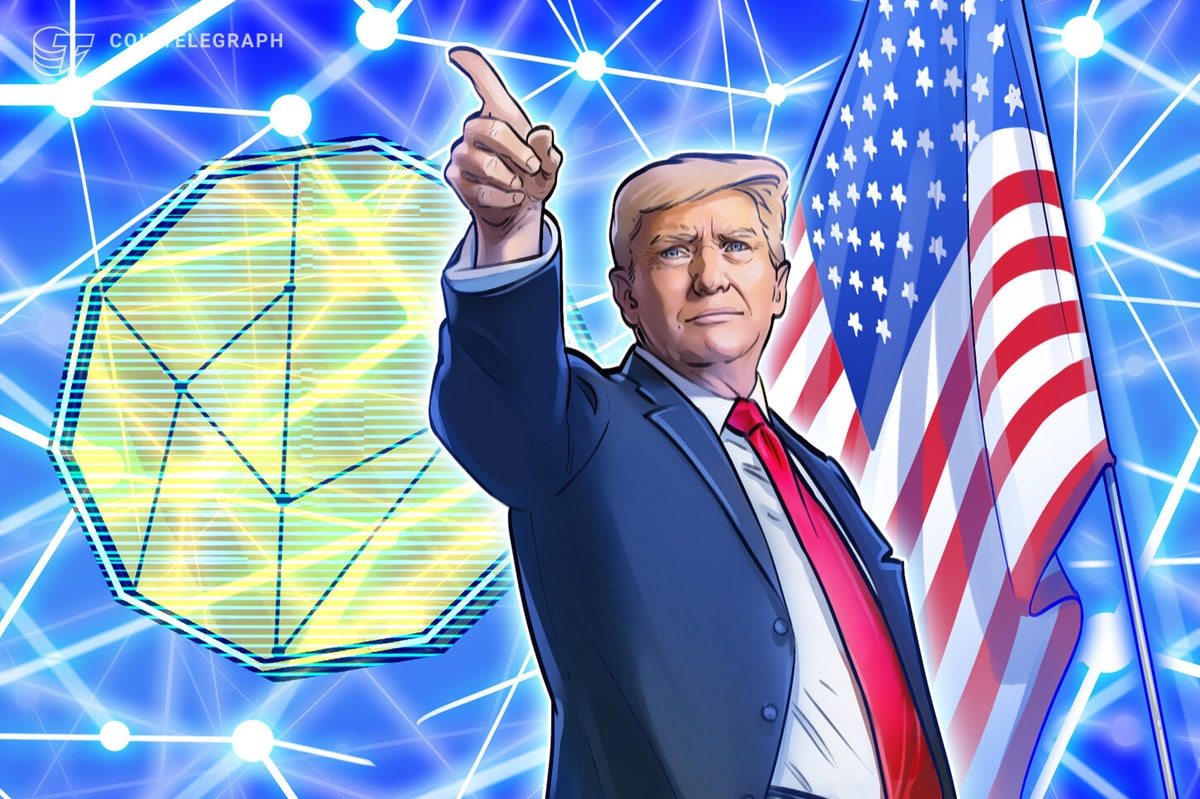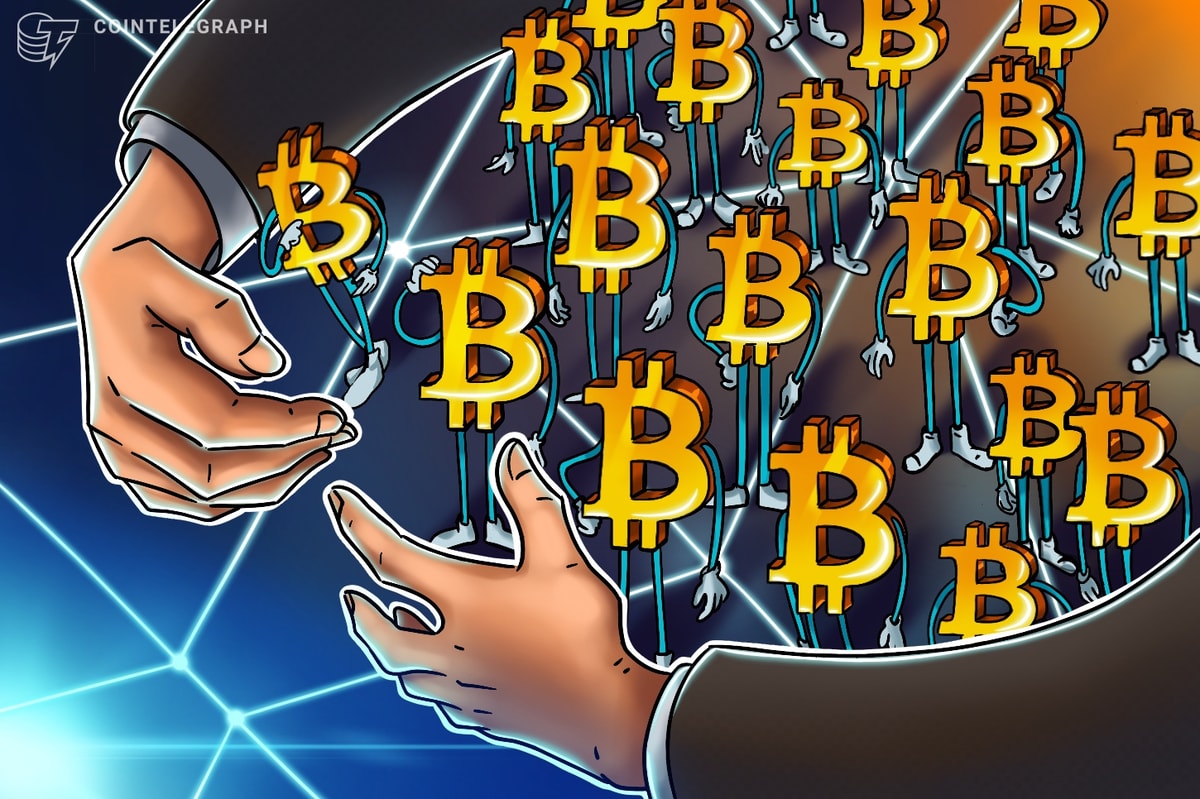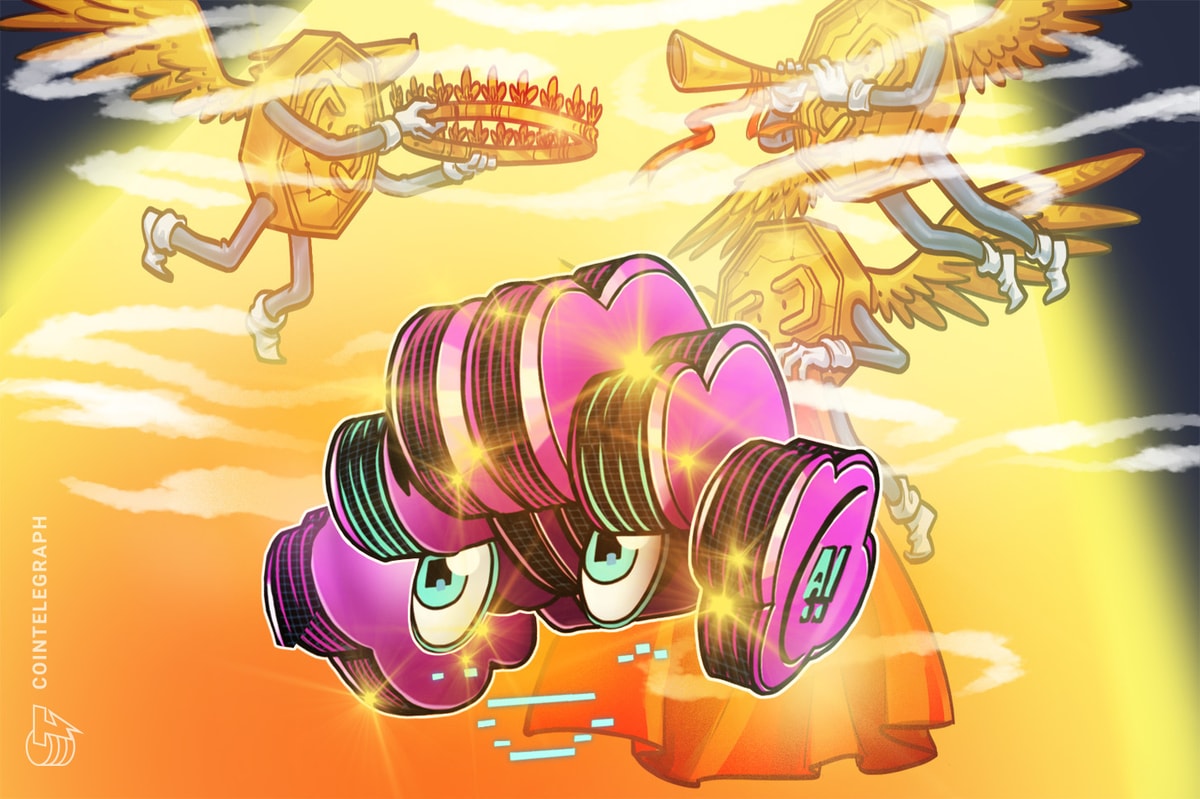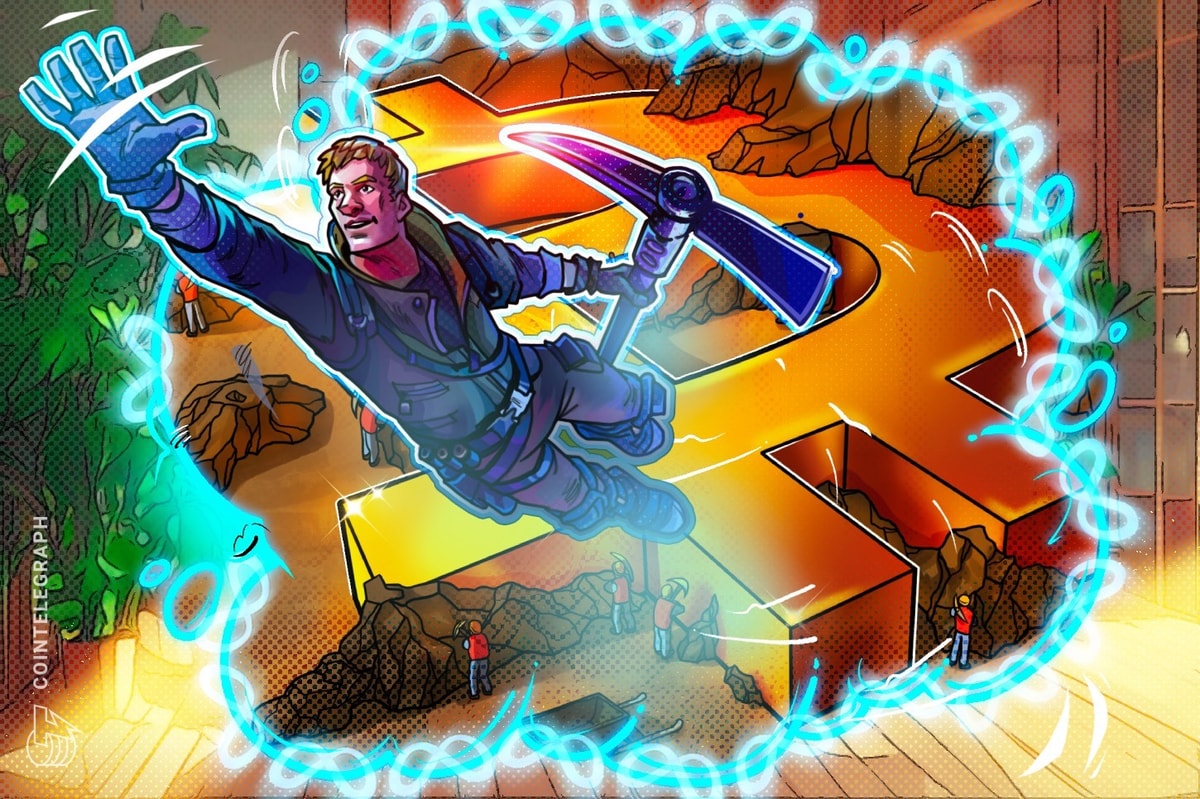“The system needs more analysis” might be Dave Hudson's motto as far as Bitcoin mining is concerned. It's not a surprising opinion for an engineer. Hudson, who's VP of Software for blockchain company PeerNova, dissects mining networks as a hobby. His leading mining blog hashingit.com teems with data-driven analysis of the mining network. Despite his work, there's still plenty left to analyze. Hudson joined Epicenter Bitcoin last week to talk about the long-term viability of the system.
Blocksize increase
The process known as mining, which is the infrastructure that secures bitcoin transactions and prevents double spending of tokens, is at the center of many long-term Bitcoin discussions and decisions. The effects of a blocksize increase, mining pools, and block rewards—which halve every four years for a controlled supply of bitcoin—are all designed features that deserve further analysis, according to Hudson.
An increase in the blocksize has been particularly contentious. Hudson was cautious of a blocksize increase, arguing again that there hasn't been enough modeling and analysis of the consequences to mining incentives. He said:
“I think 20 MB would be a vast increase and I think it would be very unwise to do.”
But while admitting that developer Mike Hearn's warnings of crashed nodes and poor user experience are valid, a hardfork alternative might be worse. “The potential consequences of 20MB blocks are greater to the network,” said Hudson. “You have a much greater risk of orphaning. You end up potentially causing miners to change their incentives.”
Experimenting with sidechains
Hudson mentioned Blockstream's sidechains—a proposal for interoperable blockchains—as a way to experiment and reach new design decisions. It's a way to move the existing system to something else more safely than with a hard fork. If you experiment with a design on a sidechain it won't affect the rest of the network. Even though people are worried about the time it will take to adopt a sidechain-like system (Blockstream's project is currently in the alpha stage) he argued that it's the safest engineering decision in terms of experimenting with changes to the network.
In fact, Hudson argued that it was a necessary step for wider adoption, even if it means compromising trustlessness and decentralization. “You're going to have to see things move to other sort of payment channels. You're going to have to have side channels of one form or another that allow things to happen off the main chain,” Hudson said. “And that's the thing that's potentially the most interesting. That's also where you see the most potential for innovation. People can try ideas out and still use the main chain for moving the bulk of value around.”
Decentralized mining
If that's not enough to chew on, Hudson listed a number of other design challenges when asked about the future of mining. Proof-of-work is energy intensive, and in his eyes engineers should seek solutions to avoid burning energy. He also wants to see decentralization of mining:
“We really need to get to a stage where there are no large-scale mining pools.”
He later expanded on what that might look like. “If you could have a thousand pools each of which controlled 0.1 percent of the network and could be demonstrably not actually colluding in some respect, you would have a much better decentralized network,” Hudson explained. “The worry right now is it's very easy to for one miner to gain a really large share of total hashrate. It would be difficult for people to necessarily know if that was happening.”
Hudson also shared his thoughts on the future of transaction fees, the viability of unconfirmed transactions, and the recent fork of the blockchain where some miners were generating invalid blocks, and other up-in-the-air infrastructure issues.
Watch the whole episode.





